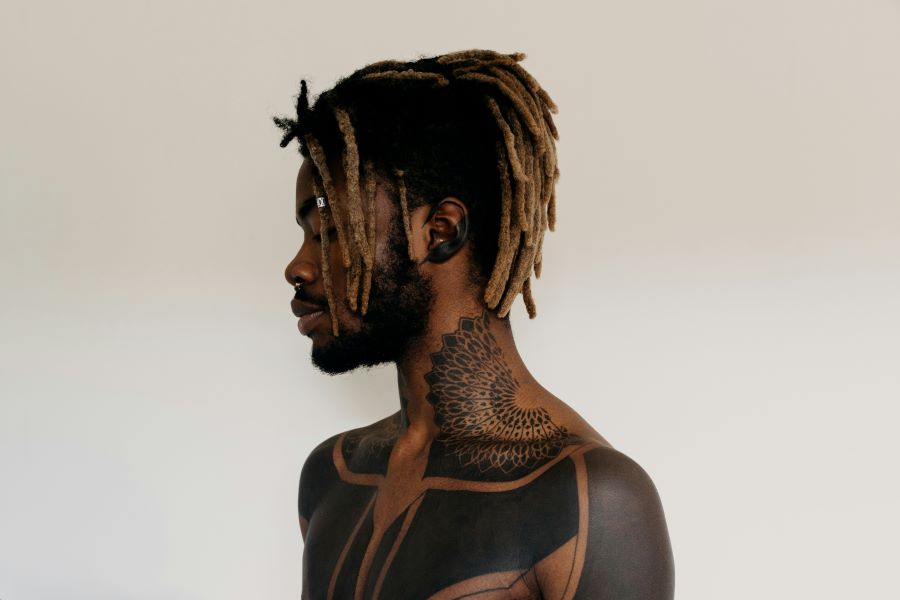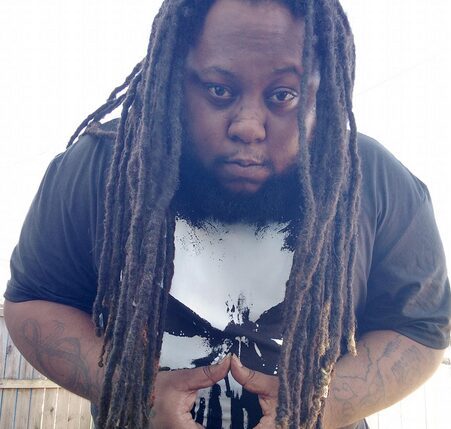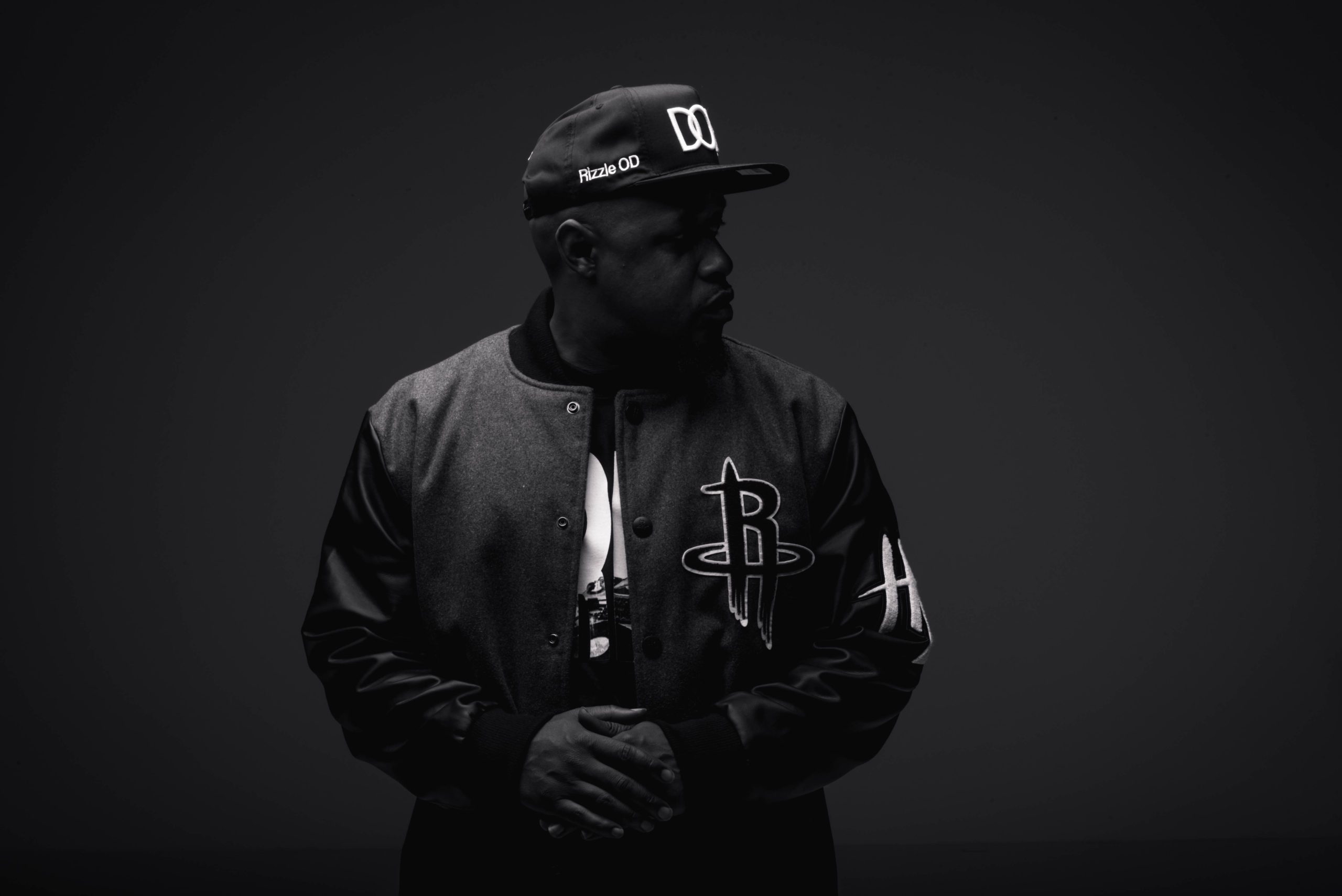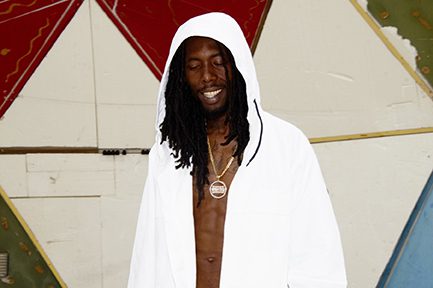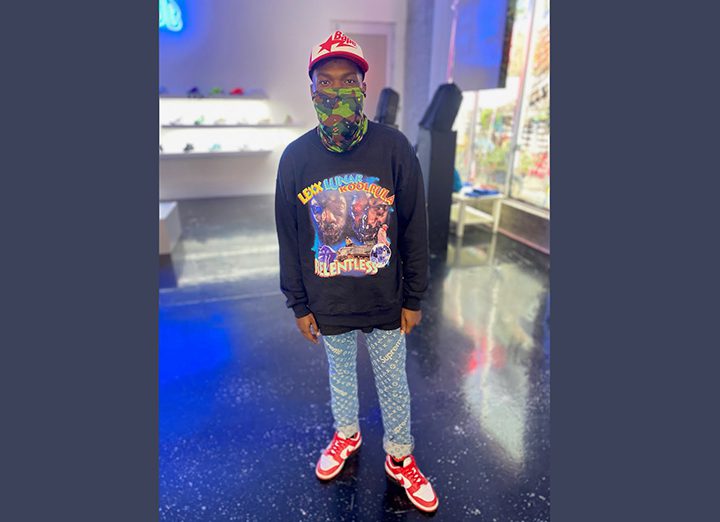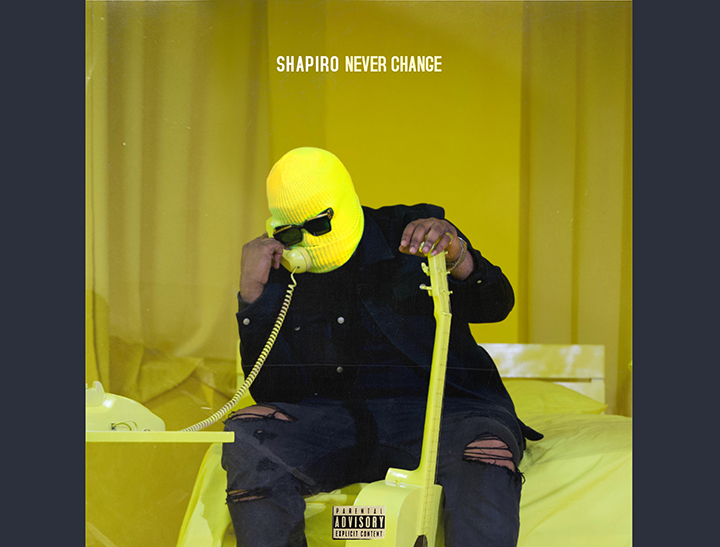Throughout history, tattoos have held different meanings and connotations. In correctional facilities, tattoos play a unique role in the complex interplay of gangs and personal identity. The origins of tattoos in correctional facilities can be traced back to the early days of incarceration, where inmates would use makeshift tools to etch their stories onto their skin. Over time, these tattoos evolved to become powerful symbols of gang affiliation, personal expression, and defiance in the face of authority.
History Of Tattoos In Correctional Facilities
In correctional facilities, tattoos have a deeply rooted history that dates back to the early 20th century. As a form of communication in a closed-off society, inmates began using tattoos to convey important messages, such as gang affiliation, rank, or personal achievements. Tattoos also served as a form of protection, signaling to others that crossing paths with the wearer could lead to dire consequences.
The art of tattooing behind bars became a social norm, often associated with strength, resilience, and loyalty. Inmates proudly wore their tattoos, turning their bodies into walking resumes of their experiences and affiliations.
Within the intricate world of prison tattoos, each design holds significant meaning. Common motifs include teardrops under the eye, symbolizing the number of years served, or spider webs on the elbows, indicating time spent in confinement. These tattoos not only tell a story but also serve as a form of identity and belonging within the prison subculture.
Moreover, the process of creating these tattoos in correctional facilities is a skill passed down from one generation of inmates to the next. Using makeshift tools like paper clips, pens, or even ashes mixed with water, inmates demonstrate remarkable ingenuity in their quest to leave a permanent mark on their bodies.
The Evolution Of Gang Tattoos And Their Meanings
Within correctional facilities, gang tattoos are an integral part of gang culture. These tattoos possess deep symbolism and act as a way for members to showcase their loyalty and dedication to their gang. Each tattoo tells a story, carries a message, and cements their affiliation.
Over time, gang tattoos have evolved, adapting to the changing dynamics of gangs and correctional facilities. What once may have been a simple mark now holds a complex meaning, known only to those within the gang. These tattoos act as badges of honor, marking a member’s commitment and loyalty to their fellow brothers or sisters in crime.
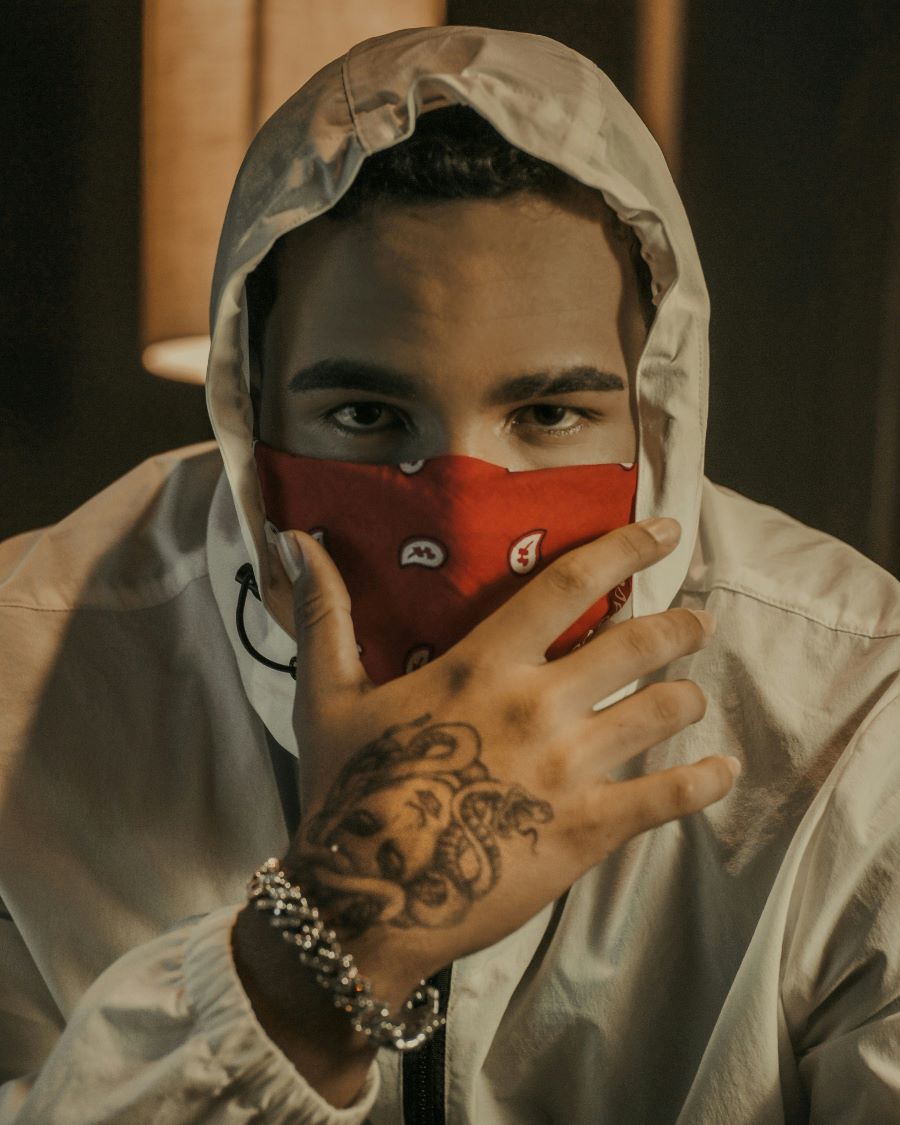
Tattoos As A Form Of Personal Expression
While gang tattoos dominate the landscape of correctional facilities, tattoos can also be a form of personal expression for inmates. In an environment where individuality is often suppressed, tattoos provide an avenue for self-expression and identity.
For some inmates, tattoos serve as a reminder of their past lives, their journey, and the lessons they’ve learned. It is a way to express their hopes, dreams, and regrets, a visual representation of their soul etched onto their skin.
The Social And Psychological Impact Of Tattoos In Correctional Facilities
Within the walls of correctional facilities, tattoos hold significant social and psychological implications. They are a means of identification, allowing inmates to find a sense of belonging and purpose within a hierarchical system where power dynamics are constantly at play.
Furthermore, tattoos can serve as a coping mechanism for inmates, providing a sense of control and agency over their bodies and identities. In an environment where freedom is limited, the act of choosing a tattoo and permanently marking one’s skin becomes an act of defiance and self-determination.
Common Gang Tattoos And What They Mean
Within the vast landscape of gang tattoos, certain symbols have become ubiquitous across different gangs and correctional facilities. Each carries a distinct meaning, sending messages to both insiders and outsiders.
- Three Dots
The three dots, often arranged in a triangular pattern, represent “Mi Vida Loca” or “My Crazy Life.” It symbolizes a life of loyalty, commitment, and dedication to the gang, even if it means sacrificing one’s life. - Skull Tattoos
Skull tattoos are commonly associated with death and signify a willingness to kill or die for the gang. They serve as a constant reminder of the dangers and risks associated with a criminal lifestyle. - Five-Point Crown
The five-point crown is a symbol of authority and leadership within the gang. It represents a high-ranking position, often reserved for those who have earned respect and admiration through their actions. - Cross On the Chest
A cross tattoo on the chest is a symbol of unwavering faith and commitment to the gang’s cause. It represents a member’s dedication to their beliefs and the brotherhood or sisterhood they belong to.
The world of tattoos, gangs, and identity within correctional facilities is a complex web of meanings, beliefs, and power dynamics. Tattoos act as a visual language, speaking to those who understand their significance. They serve as a source of strength, identity, and belonging, while also embodying the harsh realities of life behind bars. In the realm of Los Angeles gangs, tattoos become even more potent, as they reflect the unique culture and history of one of the most notorious gang-infested cities.
Summarizing Paragraph
Within the complex landscape of correctional facilities, tattoos act as a powerful tool for inmates to navigate the intricate web of gangs and personal identity. Their historical significance, evolving meanings, and role as a form of self-expression cannot be understated. Tattoos unite inmates, giving them a sense of belonging and purpose, while also signifying the dangers and risks associated with a life of crime. Whether it be through gang affiliations or personal stories etched onto their skin, tattoos tell a rich narrative within the walls of correctional facilities, offering a glimpse into the complex interplay of tattoos, gangs, and identity.



